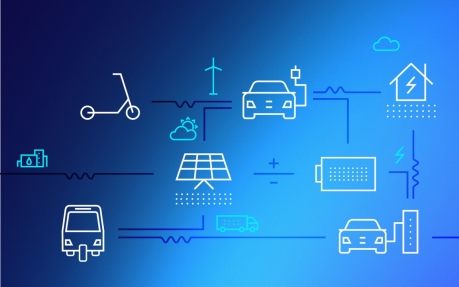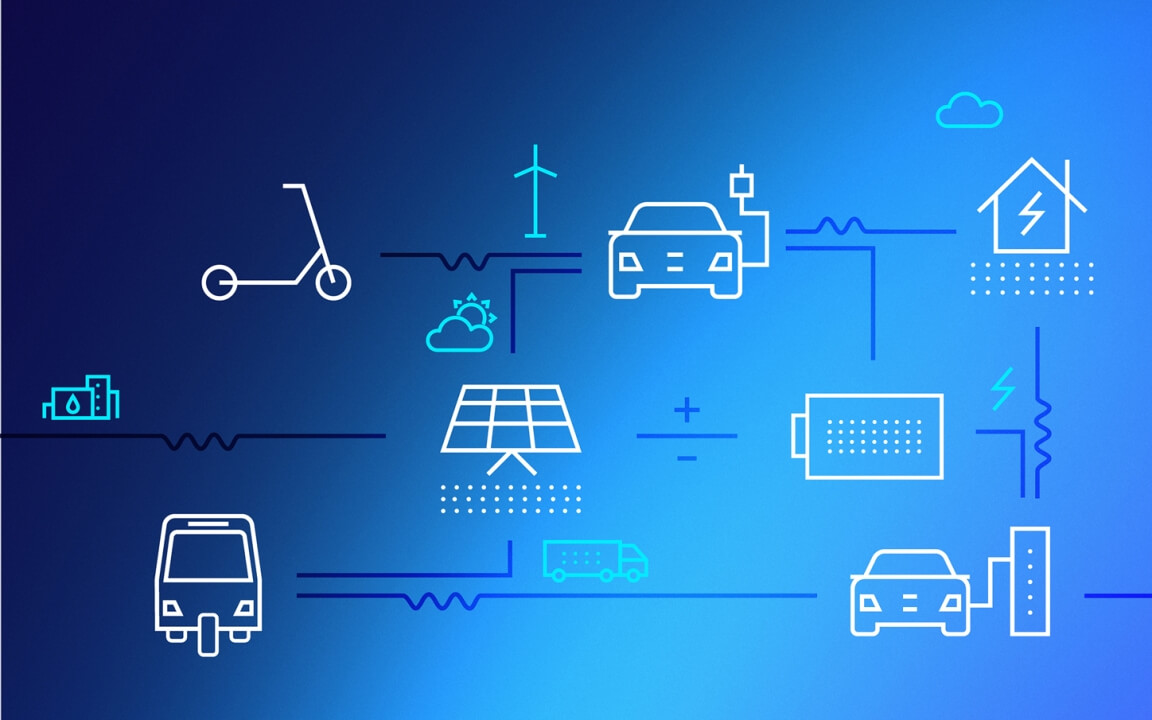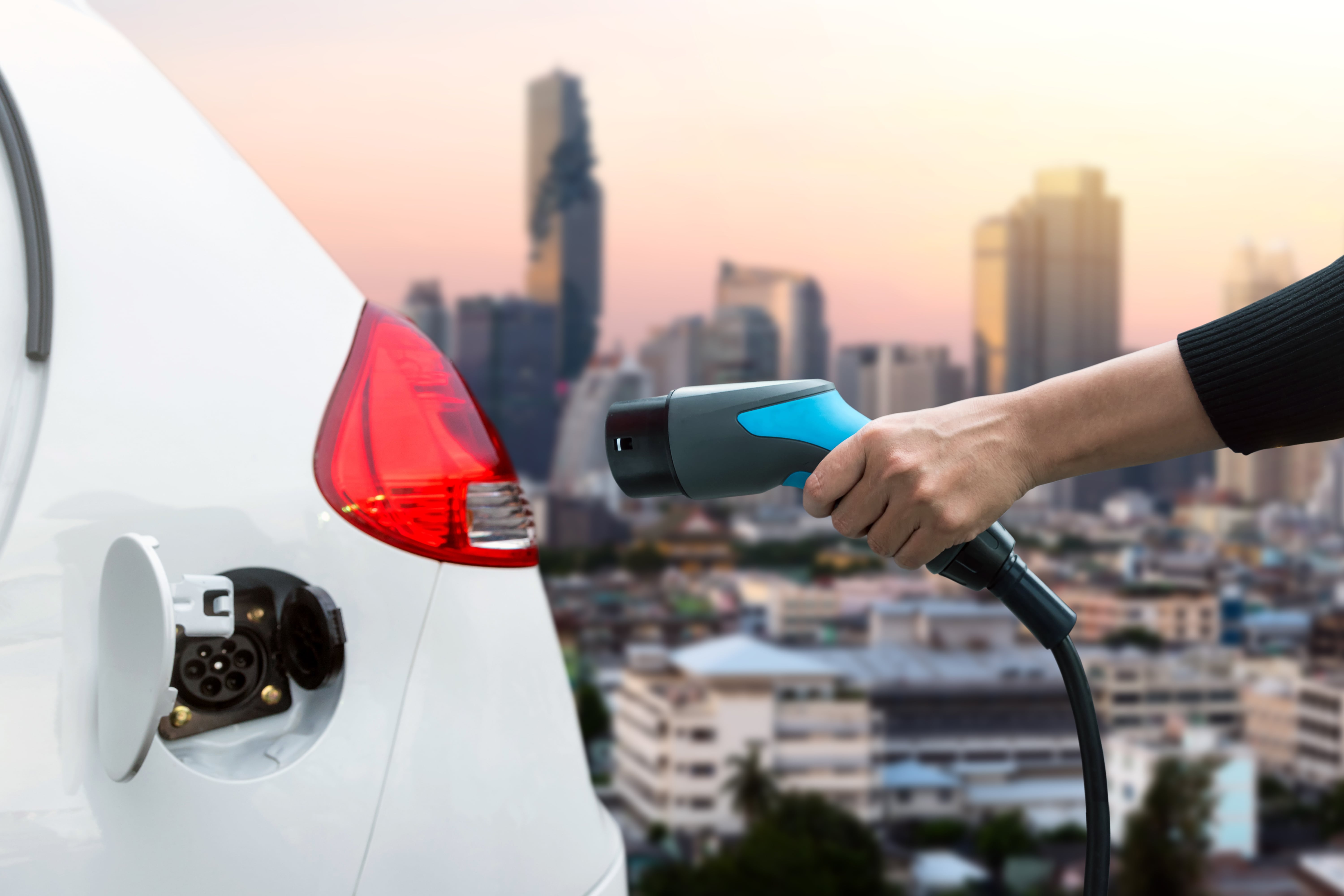3 min read •
ARTHUR D. LITTLE GLOBAL E-MOBILITY READINESS INDEX HIGHLIGHTS SURGE IN EV ADOPTION

Norway continues to lead the way, but China emerges as a second global benchmark for e-mobility
Arthur D. Little (ADL) today released its 2023 Global E-Mobility Readiness Index (GEMRIX), which has measured progress toward preparedness for electric vehicle (EV) adoption in 35 countries across all continents. The most recent edition of the index finds that overall progress has accelerated since 2022, as more and more countries have introduced measures to electrify road transport.
GEMRIX 2023 expands its scope to include 35 markets across all continents, including dynamically evolving automotive markets in MENA and South-East Asia., making This makes it the most comprehensive EVelectric vehicle market readiness indicator available in the industry today. This The expansion highlights a notable surge in global EV adoption, driven by government initiatives and consumer willingness.
With EVs making up 88% percent of all new cars sold in 2022, Norway maintains its position as the global leader in EV readiness, but with China joining has joined it in the top Global Benchmark category. A second group (Ambitious Followers), which includes Germany, the UK, and Singapore, are is on the verge of EVs becoming mainstream, while countries such as the US, Japan, United Arab Emirates, and India make up the Emerging EV Markets category. In those markets, the intent to increase EV adoption is recognizable and supported by government initiatives, but charging infrastructure or vehicle availability still needs to be improved. The final group (Starters), which includes, for example, South Africa, Turkey, and Malaysia, are still very early in their EV journey, with adoption held back by high cost of ownership and a nascent EV ecosystem. Determining factors for EV adoption vary – consumers in higher-income markets prioritize environmental protection and vehicle performance, while those in lower-income countries focus on cost-efficiency as a driver.
GEMRIX summarizes 50 data points per market on five major categories reflecting that reflect the key drivers for EV adoption. Those include customer preparedness, public infrastructure readiness, vehicle cost comparisons, and government incentives plus regulatory support. Data is normalized for comparability, leading to country scores between 0 and 100, with 100 implying that internal combustion engine (ICE) and electric vehicles are on parity in terms of acceptability, affordability, and availability. Norway’s score of 117 is essentially showing shows that EVs outperform are outperforming ICE cars and that the transition to electric mobility is virtually complete. China is near to achieving parity, scoring 98.
Dr. Andreas Schlosser, Partner at Arthur D. Little, comments: “Demonstrating the shift to electric mobility, the ADL Global E-Mobility Readiness Index documents significant progress over the last year. Leading countries share three key factors – they have high customer readiness, based on having lowered cost of EVs, provide well-developed infrastructure and have strong government support through incentives. As we explain in the report, other countries can learn from the leaders to speed up their own transition to electric mobility.”
Dr. Philipp Seidel, Principal at Arthur D. Little, comments: “Norway’s EV sales share and index score demonstrate that battery electric mobility is feasible for an entire country. The transition was achieved in just over a decade, and is an example how of how markets can successfully switch to EVs by having a clear and ambitious strategy and orchestrating private and public investments and actions accordingly.”
Containing key recommendations for e-mobility market players and governments, the 2023 ADL Global E-Mobility Readiness Index report can be downloaded here

3 min read •
ARTHUR D. LITTLE GLOBAL E-MOBILITY READINESS INDEX HIGHLIGHTS SURGE IN EV ADOPTION

DATE

Norway continues to lead the way, but China emerges as a second global benchmark for e-mobility
Arthur D. Little (ADL) today released its 2023 Global E-Mobility Readiness Index (GEMRIX), which has measured progress toward preparedness for electric vehicle (EV) adoption in 35 countries across all continents. The most recent edition of the index finds that overall progress has accelerated since 2022, as more and more countries have introduced measures to electrify road transport.
GEMRIX 2023 expands its scope to include 35 markets across all continents, including dynamically evolving automotive markets in MENA and South-East Asia., making This makes it the most comprehensive EVelectric vehicle market readiness indicator available in the industry today. This The expansion highlights a notable surge in global EV adoption, driven by government initiatives and consumer willingness.
With EVs making up 88% percent of all new cars sold in 2022, Norway maintains its position as the global leader in EV readiness, but with China joining has joined it in the top Global Benchmark category. A second group (Ambitious Followers), which includes Germany, the UK, and Singapore, are is on the verge of EVs becoming mainstream, while countries such as the US, Japan, United Arab Emirates, and India make up the Emerging EV Markets category. In those markets, the intent to increase EV adoption is recognizable and supported by government initiatives, but charging infrastructure or vehicle availability still needs to be improved. The final group (Starters), which includes, for example, South Africa, Turkey, and Malaysia, are still very early in their EV journey, with adoption held back by high cost of ownership and a nascent EV ecosystem. Determining factors for EV adoption vary – consumers in higher-income markets prioritize environmental protection and vehicle performance, while those in lower-income countries focus on cost-efficiency as a driver.
GEMRIX summarizes 50 data points per market on five major categories reflecting that reflect the key drivers for EV adoption. Those include customer preparedness, public infrastructure readiness, vehicle cost comparisons, and government incentives plus regulatory support. Data is normalized for comparability, leading to country scores between 0 and 100, with 100 implying that internal combustion engine (ICE) and electric vehicles are on parity in terms of acceptability, affordability, and availability. Norway’s score of 117 is essentially showing shows that EVs outperform are outperforming ICE cars and that the transition to electric mobility is virtually complete. China is near to achieving parity, scoring 98.
Dr. Andreas Schlosser, Partner at Arthur D. Little, comments: “Demonstrating the shift to electric mobility, the ADL Global E-Mobility Readiness Index documents significant progress over the last year. Leading countries share three key factors – they have high customer readiness, based on having lowered cost of EVs, provide well-developed infrastructure and have strong government support through incentives. As we explain in the report, other countries can learn from the leaders to speed up their own transition to electric mobility.”
Dr. Philipp Seidel, Principal at Arthur D. Little, comments: “Norway’s EV sales share and index score demonstrate that battery electric mobility is feasible for an entire country. The transition was achieved in just over a decade, and is an example how of how markets can successfully switch to EVs by having a clear and ambitious strategy and orchestrating private and public investments and actions accordingly.”
Containing key recommendations for e-mobility market players and governments, the 2023 ADL Global E-Mobility Readiness Index report can be downloaded here


